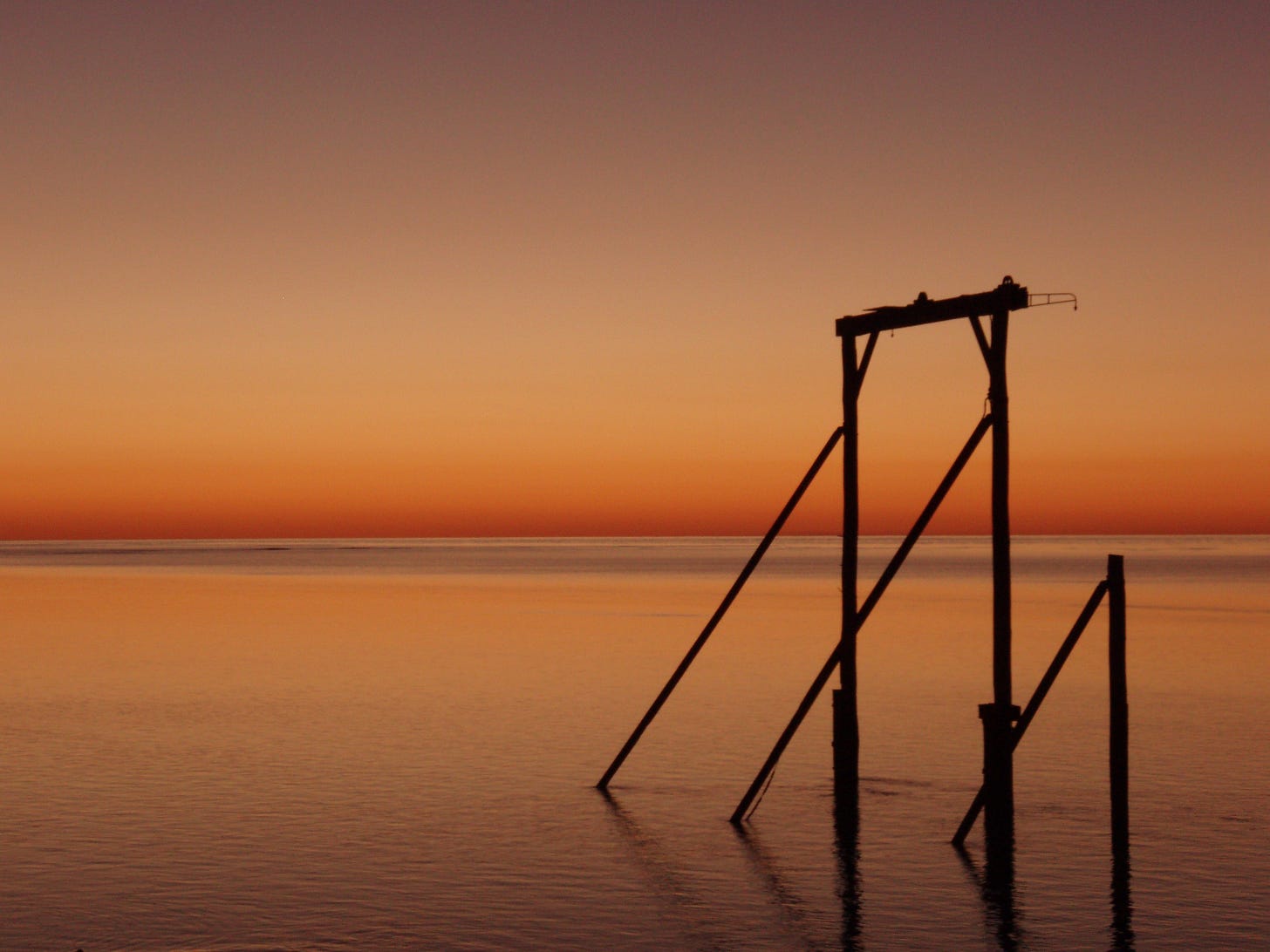“Are you pulling my leg?” I asked. Louis’ always flawless hair was out of alignment as if he’d just woken up from an abbreviated sleep on the observatory’s couch after having been awake all night.
“No, Mark. Here. Look at the images from Kepler and from our telescope.” Louis shoved photographs in front of me, nearly knocking my coffee over. “Confirming data from La Silla and Roque de los Muchachos in the Canaries. There’s no doubt.”
“Sweet Jesus.” I whistled. I whipped off my glasses and shook them in an attempt to readjust the prescription. I slipped my glasses back on, but the photos didn’t change.
“This is big,” Louis said. “Nothing like this has ever been seen before.”
I cupped my palms over my mouth and nose, letting carbon dioxide build up because I needed an altered state of mind. With my hands still in front of my mouth, I said, “First things first. Let’s call Dr. Hammond. Before I do, I want you to swear that this data’s right, that you’re not pulling an April Fool’s joke a month early.”
Louis looked directly into my eyes. “We’re going to win a Nobel for this.” He pumped my hand. “What are you going to tell Hammond?”
“That we have proof of nuclear explosions on an exoplanet, Louis. And not just one or two detonations: The brightness of the imagery implies multiple bombs — hundreds at least. A horrific war in all likelihood. A new planet, but a dead world.”
I couldn’t imagine the newspaper headlines, but this would go down as one of the most significant discoveries in human history. In the same breath, we discovered intelligent life in the universe and witnessed that life become extinguished.
“Tissue?”
Louis pointed to the far side of the room. I cried for a civilization I’d never known.
I called Julia Hammond, the director of the Combined Hawaii Observatories, which included our Keck Observatory. It was apparent from her struggle to connect the “h” and “o” in “hello” that my six a.m. call woke her. But after my first sentence, her words were crisp and clear.
“Why didn’t you tell me sooner?” she demanded.
“We needed to wait until we had confirmation from multiple observatories. La Silla and Shiquanhe in Tibet just confirmed.”
“I know where Shiquanhe is.” The friction between her words burned my ear.
“Sorry, Dr. Hammond.”
“How is it that we can see such detailed images from light-years away? We can barely discern the fuzzy outlines of the few exoplanets we’ve photographed.”
“We’re assuming that there’s concentrated matter between us and that solar system, but we haven’t identified that yet. A quasar that’s obscured by dust or dark matter is a possibility. What we do know is there’s extraordinary gravitational lensing between us and Exo 2.0 that’s letting us see details beyond anything we’ve imaged before. Mushroom cloud tops with a brightness that, when adjusted for atmospheric luminosity, could only be numerous nuclear explosions.”
“Exo 2.0?”
“That’s the designation we gave this planet.”
She sighed. “That’s better than HD95086 b.” HD95086 b is a planet orbiting a star three hundred light-years away. What makes HD95086 b and Exo 2.0 special is that they are two of the twenty-three exoplanets that we’ve seen. The other 4,100 exoplanets we’ve identified are only inferred from changes in a star’s movement or light. The ones we see, like Exo 2.0, are astronomy’s rarest gems. “You have a good head, Mark. You’ll have my job one day.”
“Thank you, Dr. Hammond.”
“Could you image the planet’s landmass?”
“Unfortunately not, because debris in the atmosphere prevented us from seeing that level of detail.”
“How far away is Exo 2.0?”
“That’s the funny thing. We can’t even get a ballpark measurement of the distance to the star Exo 2.0 orbits because of the gravitational distortion that’s curving space between us and the exoplanet."
“I’m going to need that data before I present this to the president’s science advisor.”
“Louis is working those figures now. We’ve asked folks at Palomar and Leirvogur Magnetic Observatory in—” I stopped myself. “At Palomar and Leirvogur for triangulation information.”
“How much longer? You found proof of an extraterrestrial civilization. I need to tell the White House asap, but they won’t want to go public without the distance data. I can’t blame them. You’ll get that data to me, Mark.” It wasn’t a question.
“The moment I have it.”
Louis burst into my office. The force of the wind from the door blasting open sent papers airborne. I could hear his heart galloping inside his chest.
“Mark.” He handed me a piece of paper.
“Sec, Dr. Hammond. Louis is here. We have the distance data. Hang on while I look it over.” I put the phone down on my desk.
“It’s not the distance-to-source, Mark.”
“What is it, then?”
“It’s location information.”
“That’s even better. We know precisely where Exo 2.0 is.”
Louis looked like he’d just been told his family had been killed in a head-on car crash. His face was painted pale, and his hands trembled like he had placed his palms on top of an earthquake’s epicenter.
“What?”
“The gravitational lensing is donut-shaped, a perfect torus. The time dilation measures two weeks into the future. This nuclear holocaust happens two weeks from now.”
“The future? Two weeks? You double-checked that—”
“We’re not looking at a distant planet, Mark. Exo 2.0 is Earth.”
If you enjoyed The Planet at the End of the Rainbow, I think you’ll also like my story, How Hallie Discovered Time Travel.





Yes! Likewise. That twist was pure brilliance. Thoroughly enjoyed this one Bill.
This GREAT. LOVE the twist at the end. Scarily possible one would think. Your writing is brilliant. Great work Bill!